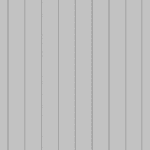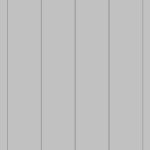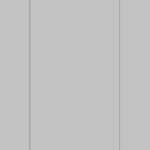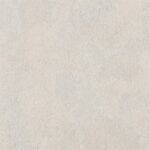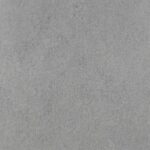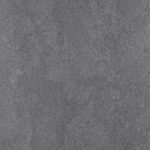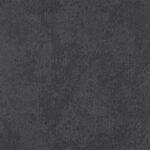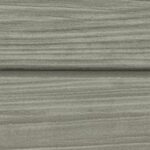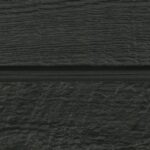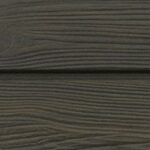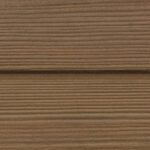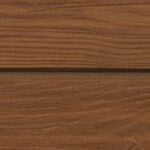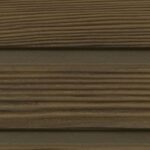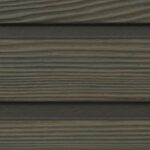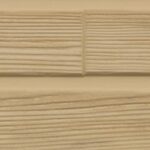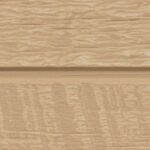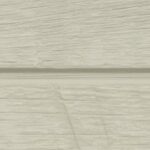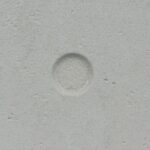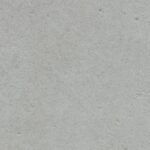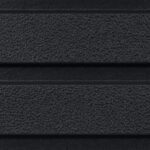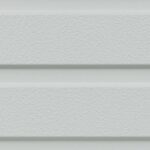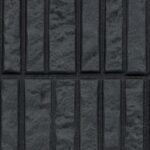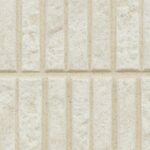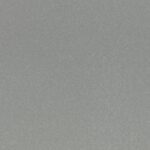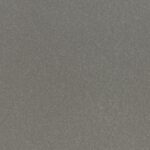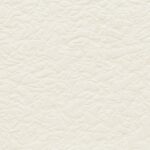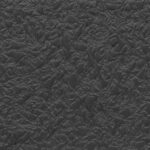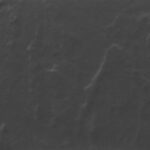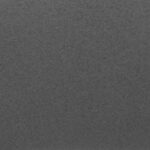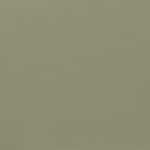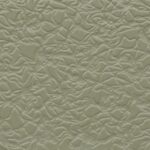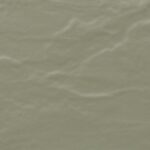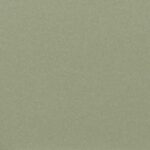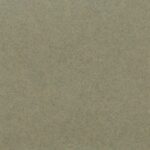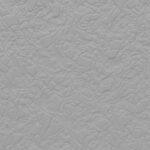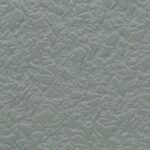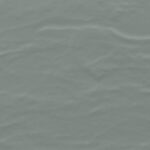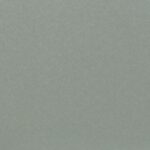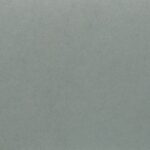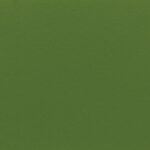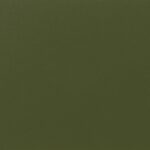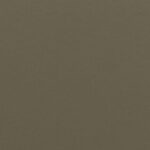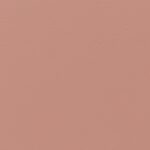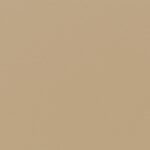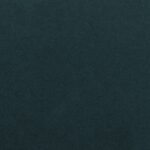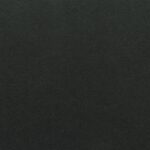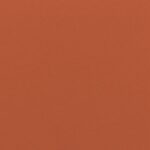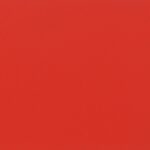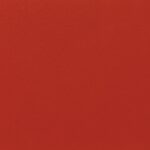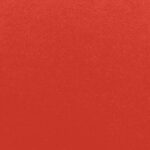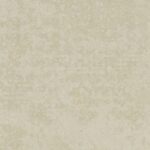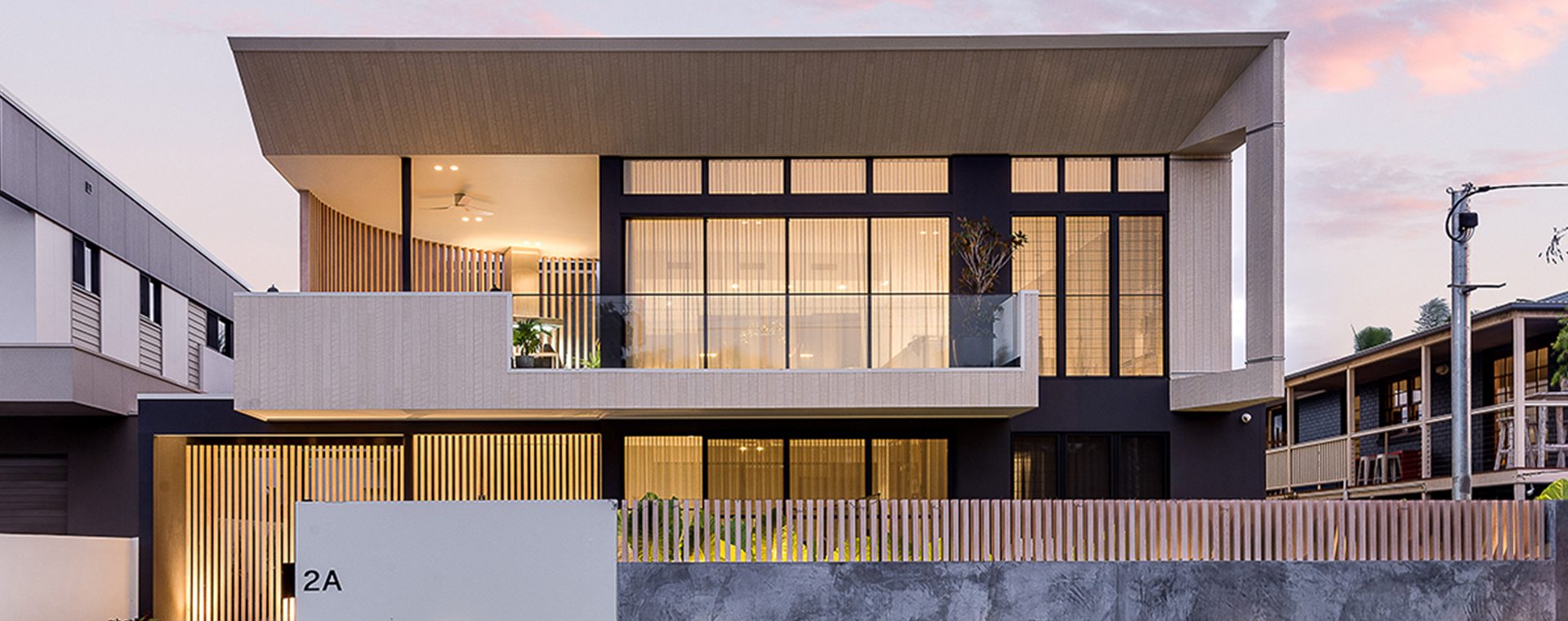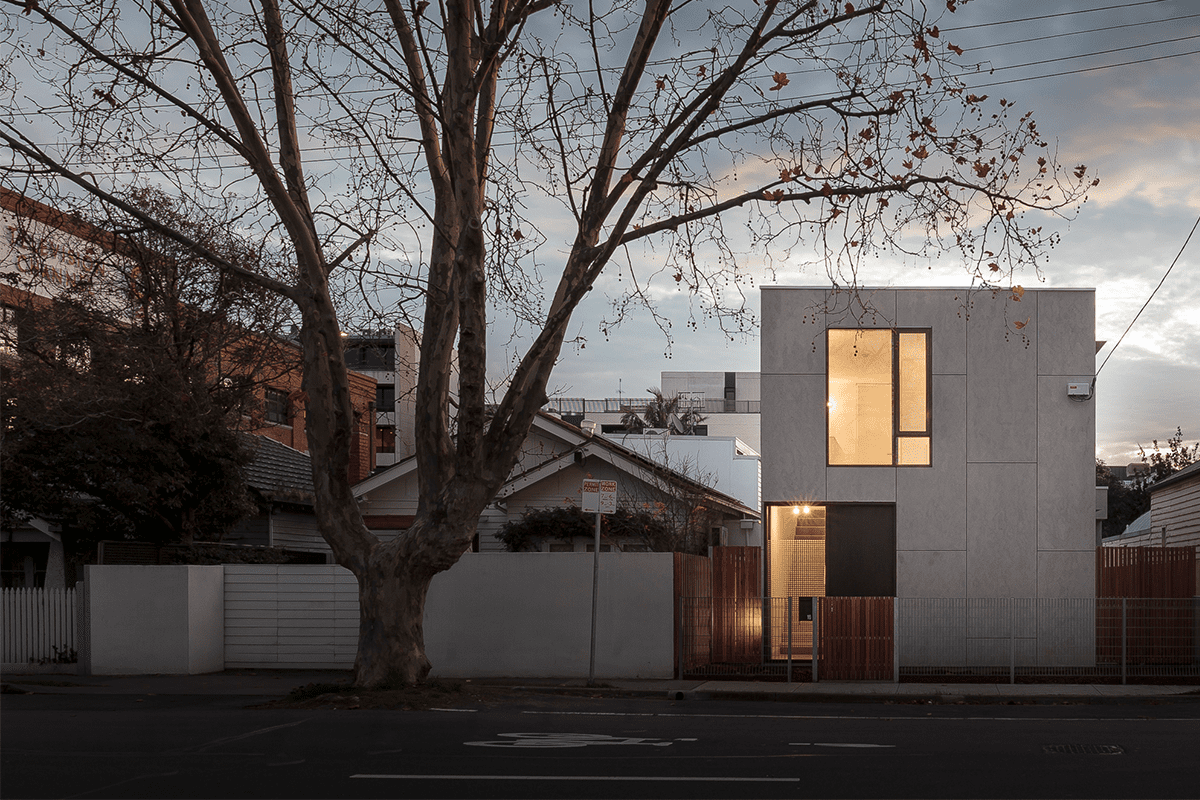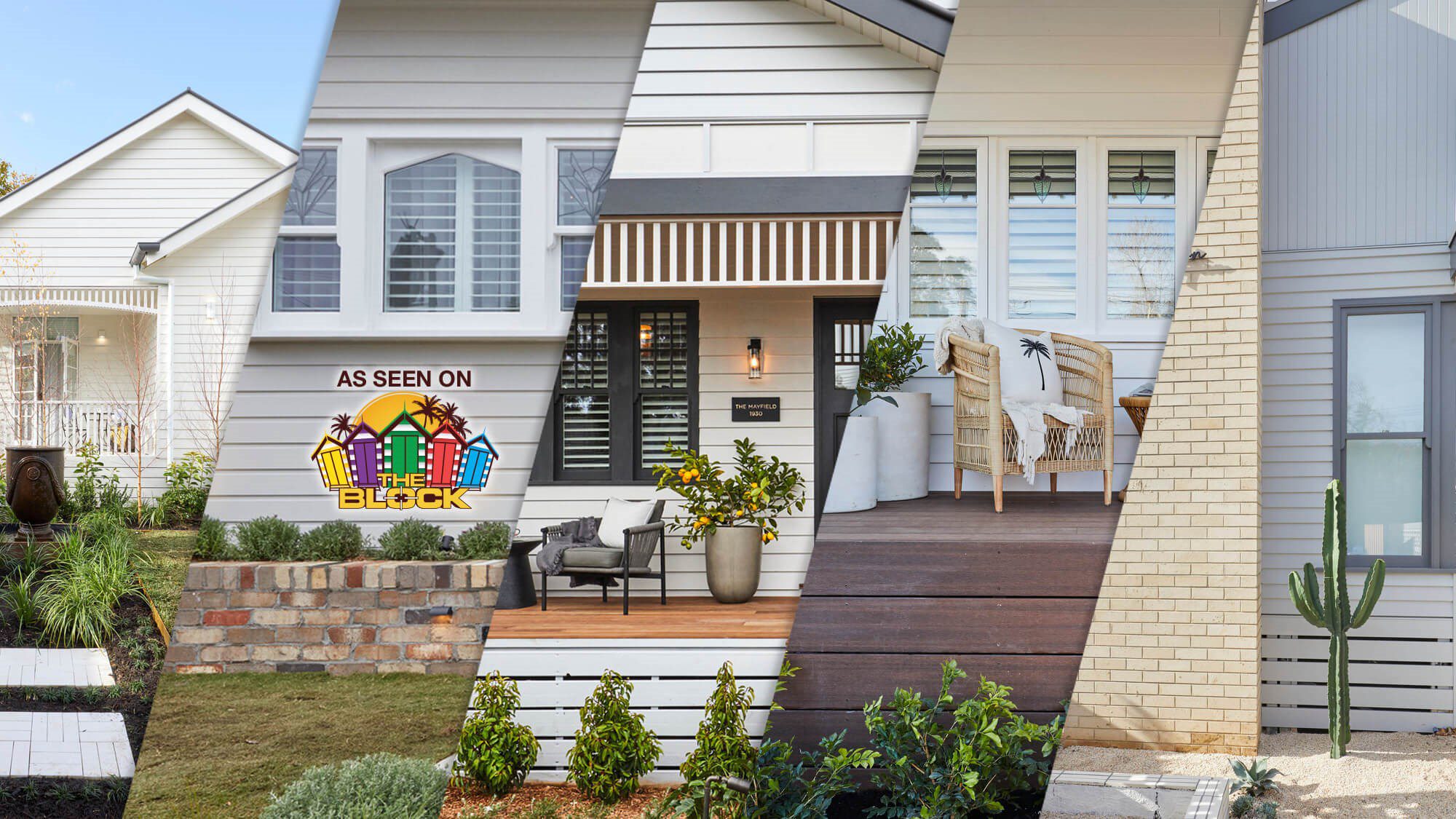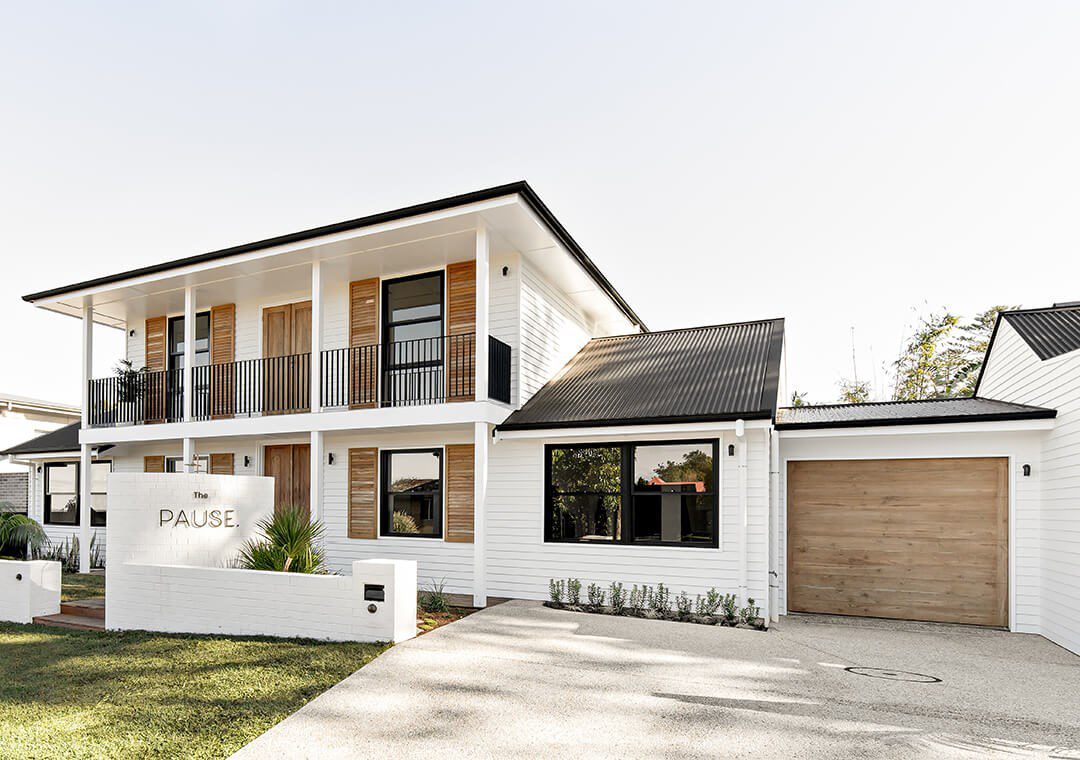Internal walls as unique as your style.
Browse our range of Internal Lining products
Durable fibre cement internal wall linings
Plasterboard is the go-to material for interior walls and ceilings. However, for high traffic areas and moist environments durable and impact resistant fibre cement linings are a better choice.
Fibre cement linings are great in areas like hallways, mud rooms and garages. That’s because fibre cement has superior impact resistance to standard plasterboard.
Cemintel’s fibre cement internal lining is called Ceminseal® Wallboard. It’s available in square edged and recessed edge versions. Wallboard features a Ceminseal water block technology which further enhances the fibre cement’s water-resistant properties.
Install internal lining sheets in a horizontal orientation. The boards have recesses on the long edges. Recessed edges facilitate set joints which make the joins harder to see. Ideally, joins should be invisible on a finished wall.
Sort
Frequently asked questions
-
What is an internal wall lining?
Houses constructed with timber or steel frames require flush jointed wall panelling to finish off rooms with a smooth, flat surface. Without them, you’d be looking past a timber or steel frame into the next room.
Buildings made with structural walls like stone or brick don’t require internal linings. They will often have wet plaster applied to create a smooth internal wall surface.
Internal linings are different for dry areas and wet areas.
Dry areas use regular plasterboard as an economical option, however fibre cement Ceminseal Wallboard is better durability and impact resistance.
In wet areas, fibre cement sets the standard for durable moisture resistant walls. However, there are also economical plasterboard products for wet areas like Gyprock Acquachek.
-
What's the purpose of internal wall lining?
In frame-type home construction, there are more square meters of internal walls than there are of external walls. In fact, the priorities for an internal lining product are fast, cost-effective installation followed by a high-quality surface finish.
The first requirement for internal linings is high transportability. Sheets need to be easily carried around building sites to where they’re needed. They can’t be too heavy, too large, or too fragile. Sheets need to be easy to cut, fix and sand to get them up on a wall quickly. Sheets also conceal services like plumbing and wiring, which at some point will penetrate the wall.
Internal wall linings can work with cavity insulation to provide rooms with good thermal and sound insulation. This maintains thermal and acoustic comfort in rooms. Interior downlights tend to highlight imperfections. As a result, linings need to be perfectly straight and smooth to meet the expectations of home occupants.
And finally, walls need to accept decoration. The linings should be easy to paint and easy to affix skirting boards and architraves to.
-
What are the advantages of internal wall linings?
The advantage of plasterboard is that it’s relatively inexpensive. It’s easy to cut with a Stanley knife. Sheets are lightweight and easy to install with a combination of adhesives and screws or nails.
Plasterboard has a paper surface which gives a smooth, high quality surface finish. It’s also available in lengths up to 6 metres so it requires fewer joins.
Fibre cement internal linings are heavier than and around twice the price of plasterboard. However, they’re much more durable and resistant to moisture and impact damage. They also have a higher hanging strength for tiles, fixings, and picture frames.
Both fibre cement and plasterboard can be used in residential or commercial applications.
Ceminseal Wallboard is half as thick as the equivalent Gyprock plasterboard sheet. Ceminseal Wallboard used in residential settings is 6 mm thick. Whereas the standard thickness of Gyprock is 13 mm. In commercial applications, stronger 9 mm and 12 mm thick Ceminseal Wallboard is available.
Cemintel Ceminseal Wallboard makes the longest fibre cement internal lining sheet on the market at 4200 mm. It’s heavier than plasterboard and not as long as Gyprock plasterboard.
-
What is internal wall sheeting?
The term “sheeting” is interchangeable with the word “board” when it comes to internal and external wall construction.
-
Are interior wall linings durable?
Given that plasterboard walls are a layer of gypsum plaster sandwiched between layers of heavy-duty paper, they’re surprisingly enduring. It’s a common wall lining material which has stood the test of time.
If a plasterboard wall cops a small bit of damage, it’s no big deal. Homeowners can easily patch holes or dents with a filler and paint over the repair.
Fibre cement is more durable in terms of impact resistance. It’s also resistant to rot, termites, and permanent water damage.
-
How long do interior wall linings typically last?
Internal wall linings aren’t exposed to the weather. Compared with external wall cladding, they’re under a lot less moisture and temperature variation stress. Plasterboard and fibre cement wall linings are used broadly in building construction and have comfortably withstood the test of time.
Both CSR Ceminseal Wallboard and CSR Gyprock have a 25-year warranty.
Other applications
Residential
Commercial
Inspire
Latest topics, projects and people that help shape architecture, design, building and construction.
Speak to an expert
Simply complete the form to get in touch with one of our Cemintel experts.
